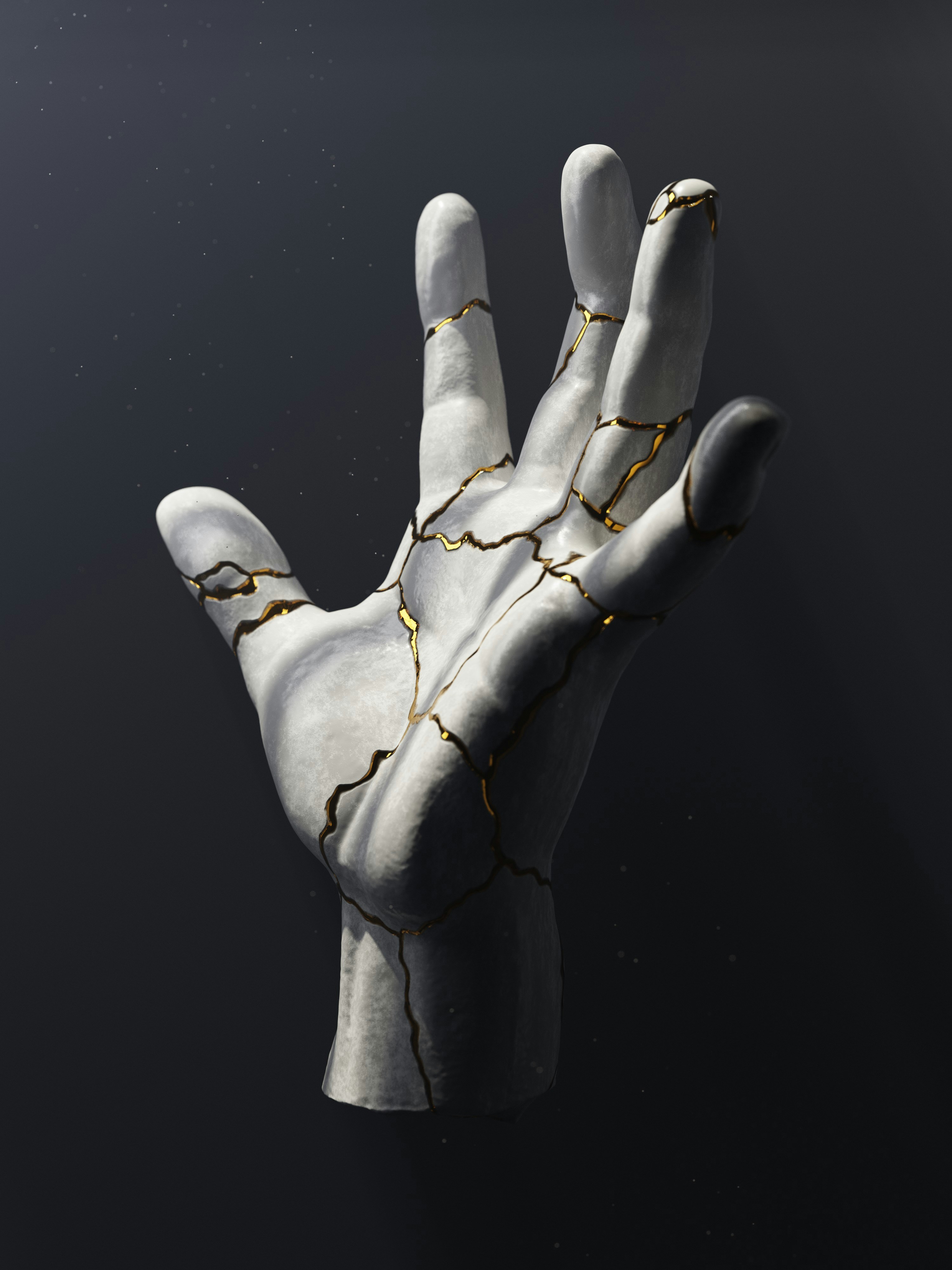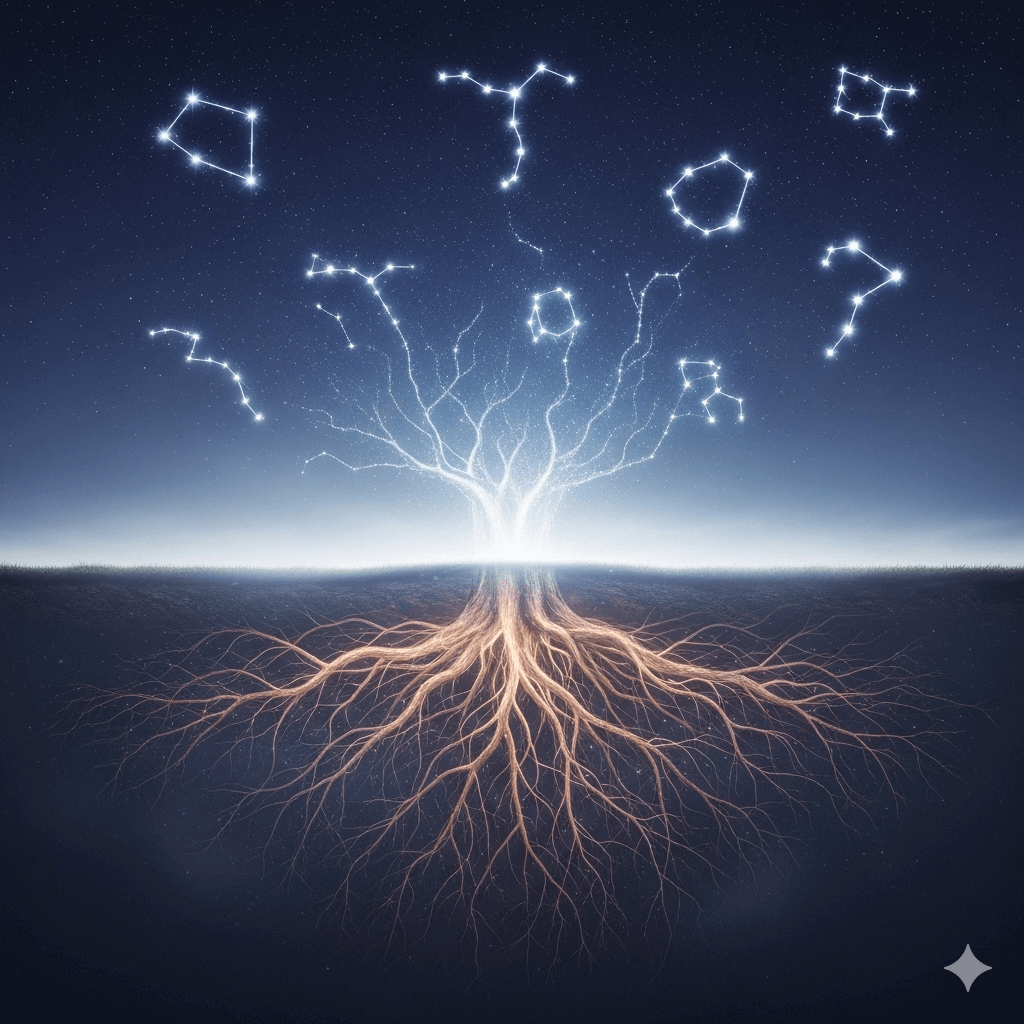1
2
3
4
5
6
7
8
9
10
11
12
13
14
15
16
17
18
19
20
21
22
23
24
25
26
27
28
29
30
31
32
33
34
35
36
37
38
39
40
41
42
43
44
45
46
47
48
49
50
51
52
53
54
55
56
57
58
59
60
61
62
63
64
65
66
67
68
69
70
71
72
73
74
75
76
77
78
79
80
81
82
83
84
85
86
87
88
89
90
| def plane(size: float = 1.0, location: tuple = (0, 0, 0)):
bpy.ops.mesh.primitive_plane_add(
size=size,
enter_editmode=False,
align="WORLD",
location=location,
)
return bpy.context.active_object
def cube(size: float = 1.0, location: tuple = (0, 0, 0)):
bpy.ops.mesh.primitive_cube_add(
size=size,
enter_editmode=False,
align="WORLD",
location=location,
)
return bpy.context.active_object
def circle(radius: float = 1.0, location: tuple = (0, 0, 0)):
bpy.ops.mesh.primitive_circle_add(
radius=radius,
enter_editmode=False,
align="WORLD",
location=location,
)
return bpy.context.active_object
def uv_sphere(radius: float = 1.0, location: tuple = (0, 0, 0)):
bpy.ops.mesh.primitive_uv_sphere_add(
radius=radius,
enter_editmode=False,
align="WORLD",
location=location,
)
return bpy.context.active_object
def ico_sphere(radius: float = 1.0, location: tuple = (0, 0, 0)):
bpy.ops.mesh.primitive_ico_sphere_add(
radius=radius,
enter_editmode=False,
align="WORLD",
location=location,
)
return bpy.context.active_object
def cylinder(radius: float = 1.0, depth: float = 1.0, location: tuple = (0, 0, 0)):
bpy.ops.mesh.primitive_cylinder_add(
radius=radius,
depth=depth,
enter_editmode=False,
align="WORLD",
location=location,
)
return bpy.context.active_object
def cone(radius: float = 1.0, depth: float = 1.0, location: tuple = (0, 0, 0)):
bpy.ops.mesh.primitive_cone_add(
radius1=radius,
depth=depth,
enter_editmode=False,
align="WORLD",
location=location,
)
return bpy.context.active_object
def torus(radius: float = 1.0, depth: float = 1.0, location: tuple = (0, 0, 0)):
bpy.ops.mesh.primitive_torus_add(
major_radius=radius,
minor_radius=depth,
align="WORLD",
location=location,
)
return bpy.context.active_object
def monkey(radius: float = 1.0, location: tuple = (0, 0, 0)):
bpy.ops.mesh.primitive_monkey_add(
size=radius,
enter_editmode=False,
align="WORLD",
location=location,
)
return bpy.context.active_object
|




